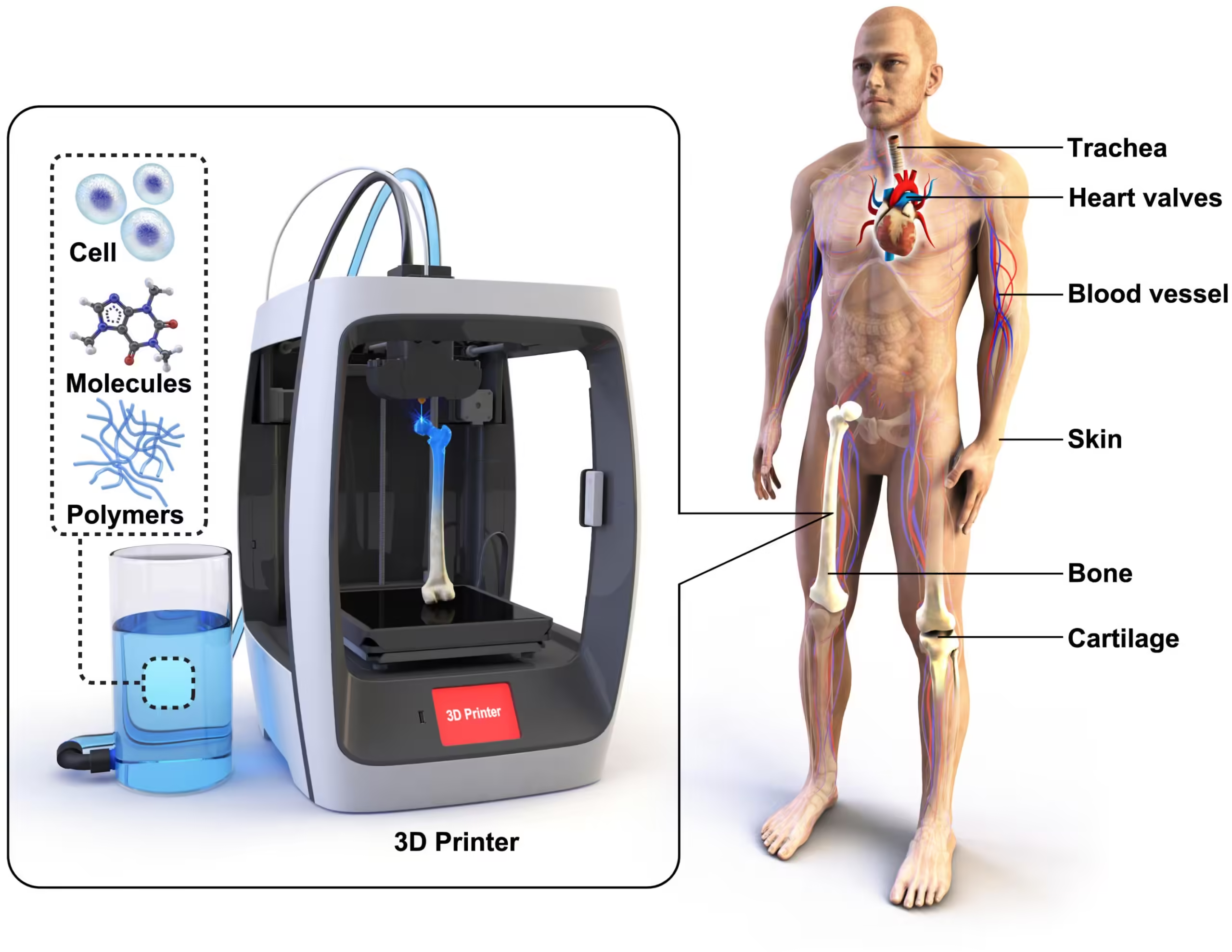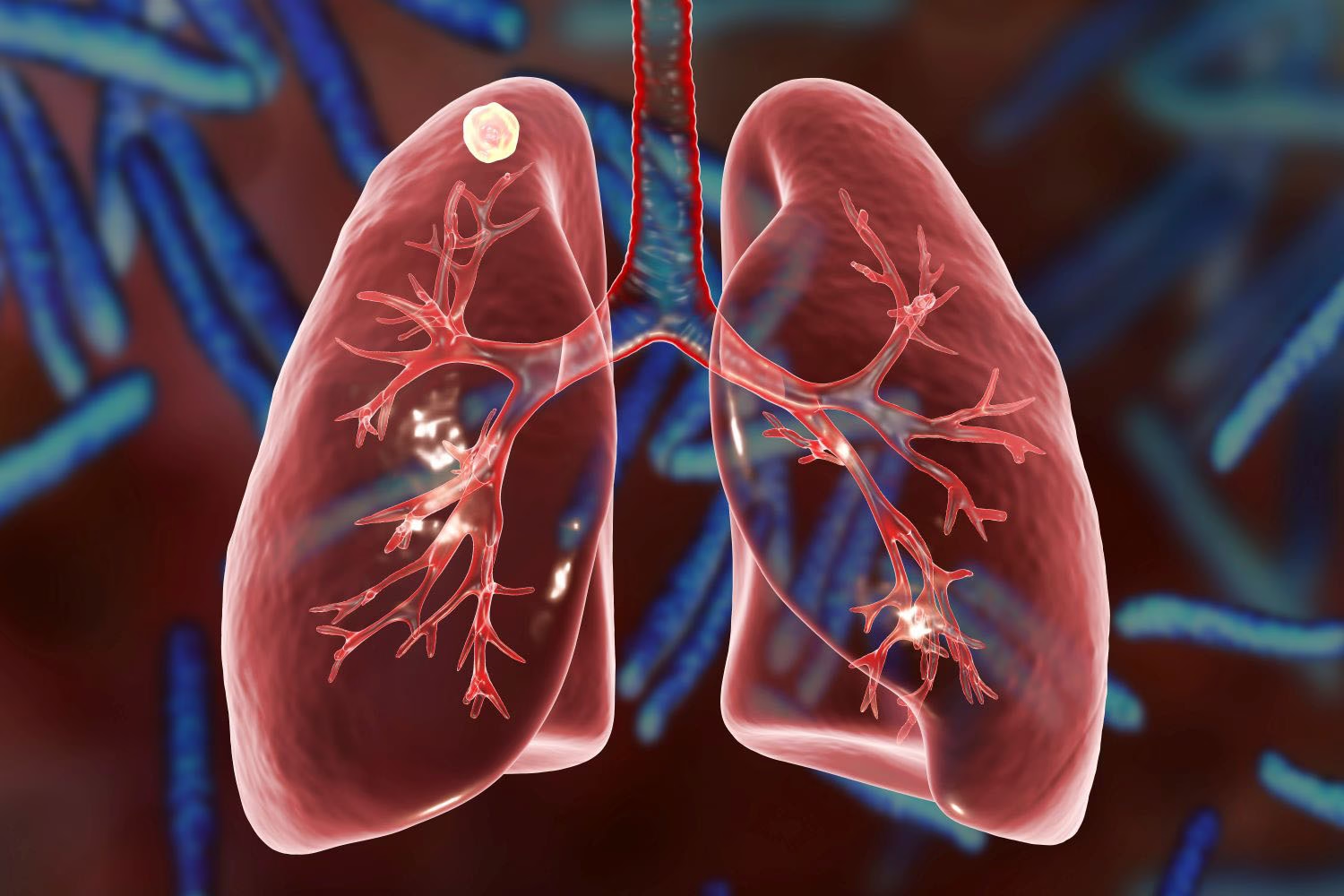Researchers from the University of Colorado Boulder and the University of Pennsylvania have developed a groundbreaking 3D printing technique that produces materials mimicking the strength and flexibility of human tissue. This new method, known as Continuous-curing after Light Exposure Aided by Redox initiation (CLEAR), promises to create advanced biomaterials with unique properties.
CLEAR generates materials that combine flexibility, toughness, and adaptability, making them suitable for medical applications like drug-infused heart bandages, cartilage patches, and needleless sutures. “Cardiac and cartilage tissues have limited self-repair capacity. By creating more resilient materials, we can significantly impact patient care,” explained Jason Burdick, senior author of the study.
Traditional 3D printing uses various materials, including living cells, with hydrogels being a common choice for artificial tissues. However, conventional hydrogels often lack the required strength and flexibility for medical use. “Imagine a rigid plastic on your heart; it wouldn’t deform with your heartbeat and would likely fracture,” said Burdick.
The CLEAR method overcomes these limitations by producing robust, flexible materials that can adhere to moist tissues. The technique involves intertwining long molecules in the 3D-printed materials, inspired by the intricate entanglements found in worms. The new materials underwent rigorous testing, including a unique test where a bicycle was ridden over them. Results showed that these materials were significantly tougher than those created using traditional 3D printing processes and exhibited strong adhesion to animal tissues and organs.
“We can now 3D print adhesive materials strong enough to support tissue mechanically, which has not been possible before,” noted Matt Davidson, co-first author and research associate in the Burdick Lab. The team envisions these materials being used to repair cardiac defects, deliver tissue-healing drugs, stabilize herniated discs, and perform sutureless surgical closures.
Additionally, the CLEAR process is environmentally friendly, eliminating the energy-intensive hardening phase typical in 3D printing. Abhishek Dhand, first author and researcher in the Burdick Lab, highlighted that this simple processing method could be adopted in both academic and industrial settings to enhance material properties for various applications.
The researchers have filed a preliminary patent and will conduct further studies on tissue responses to these new materials. Their findings were published in the journal Science.



